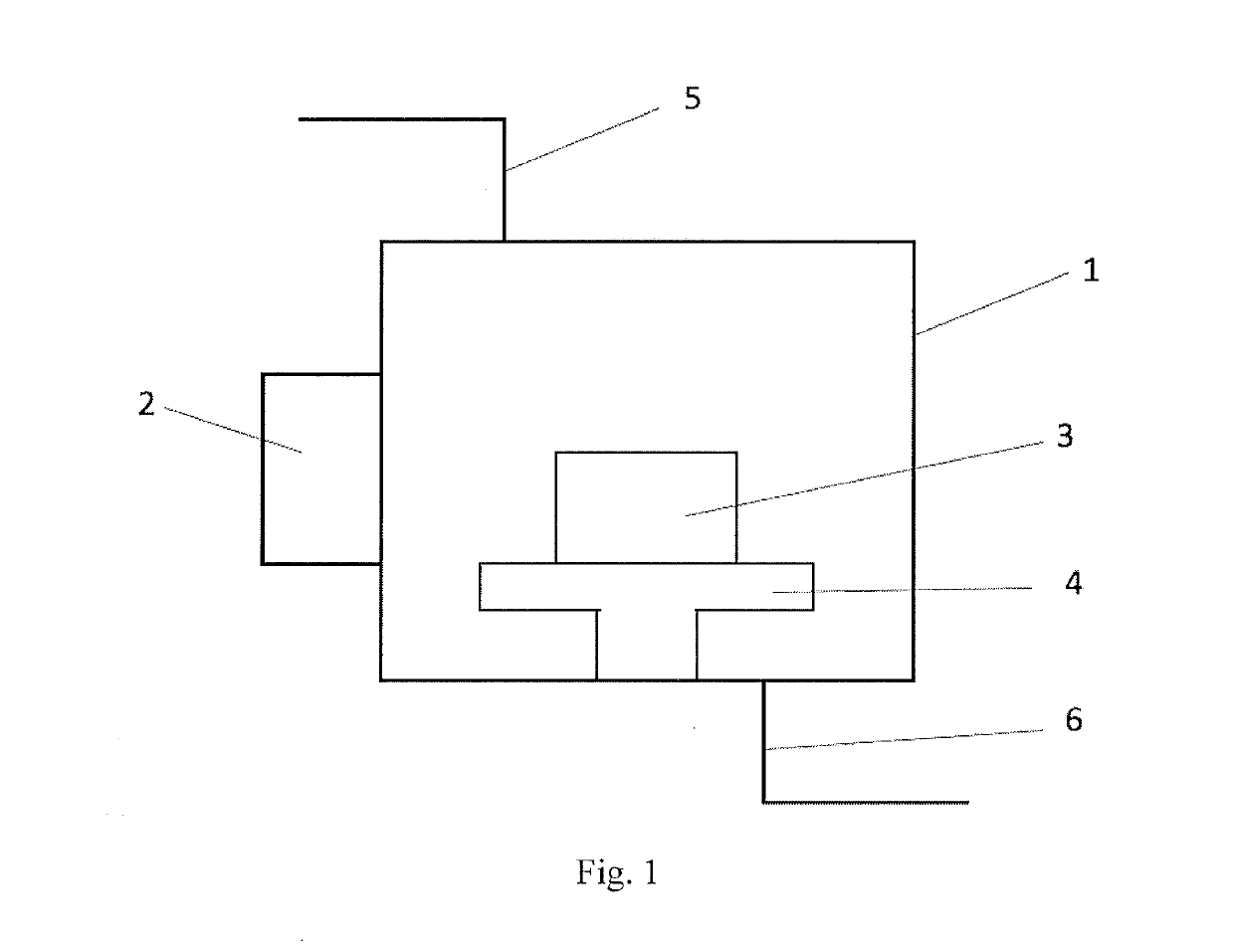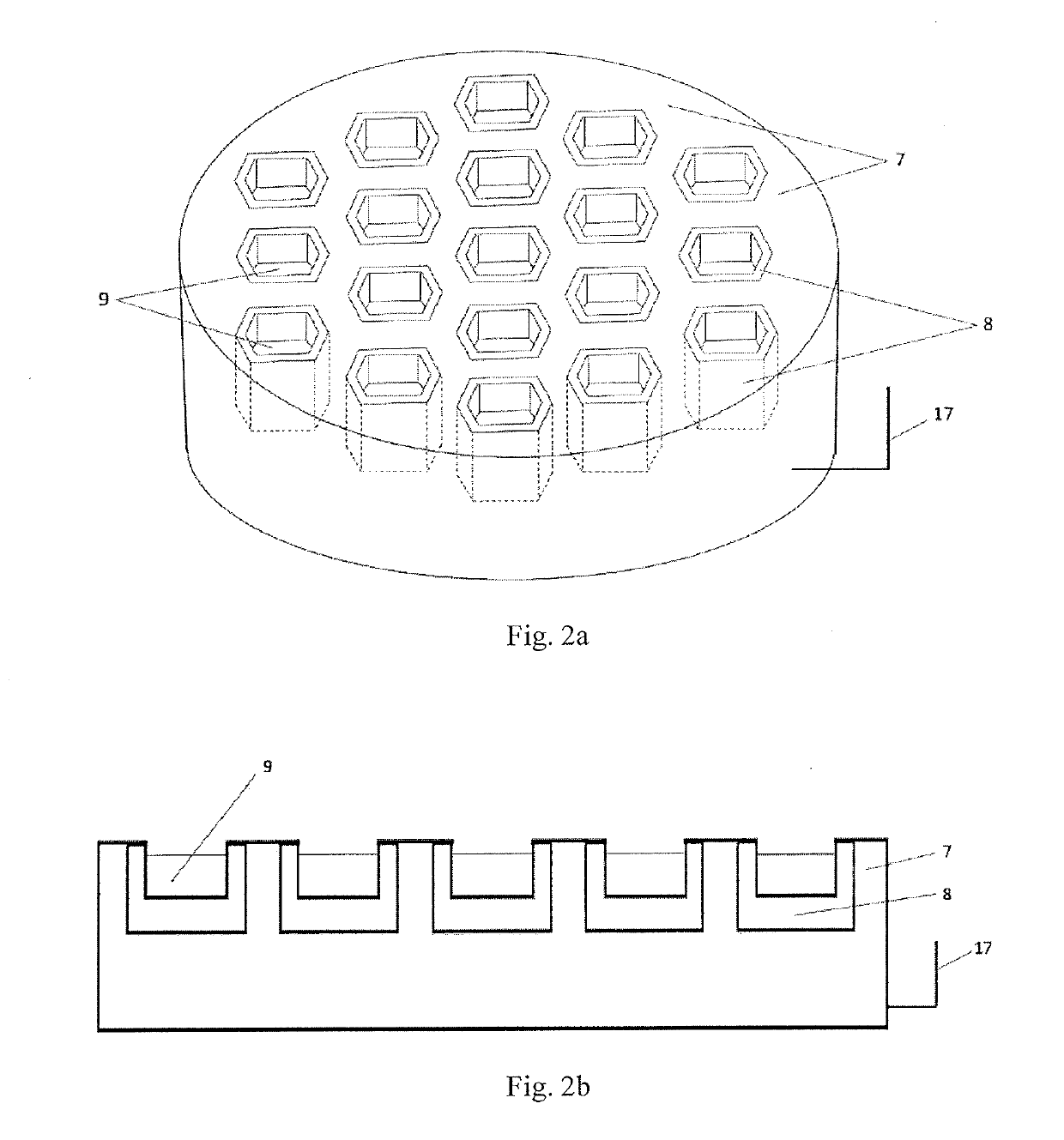High throughput micro-synthesis method of multi-component materials
- Summary
- Abstract
- Description
- Claims
- Application Information
AI Technical Summary
Benefits of technology
Problems solved by technology
Method used
Image
Examples
embodiments
[0106]The embodiments of the present invention will be described in detail below in combination with the accompanying drawings.
1. High Throughput Synthesis of Small-Sized Alloy Samples with Components Gradient Distribution Under the Same Temperature Field
[0107]1) Weigh 11 parts of 100 g H13 alloy powder (none of cobalt component and the particle size of 25 μm-35 μm) as the matrix material, and then weigh 10 parts of pure cobalt metal powder of which the mass changes in a certain gradient, mix the pure cobalt metal powder with 10 parts of H13 alloy powder respectively and uniformly, so as to prepare 11 series of powder mixture 9 with the content of cobalt gradient changing from 0-10% approximately;
[0108]2) Fill 11 parts of powder mixture 9 into the honeycomb array crucible 3 with the same temperature field respectively. Each single cell crucible 8 in the honeycomb array crucible 3 is made of materials of which the abilities of absorbing microwave energy are identical.
[0109]3) Place t...
PUM
| Property | Measurement | Unit |
|---|---|---|
| Pressure | aaaaa | aaaaa |
| Power | aaaaa | aaaaa |
| Power | aaaaa | aaaaa |
Abstract
Description
Claims
Application Information
 Login to View More
Login to View More - R&D
- Intellectual Property
- Life Sciences
- Materials
- Tech Scout
- Unparalleled Data Quality
- Higher Quality Content
- 60% Fewer Hallucinations
Browse by: Latest US Patents, China's latest patents, Technical Efficacy Thesaurus, Application Domain, Technology Topic, Popular Technical Reports.
© 2025 PatSnap. All rights reserved.Legal|Privacy policy|Modern Slavery Act Transparency Statement|Sitemap|About US| Contact US: help@patsnap.com



